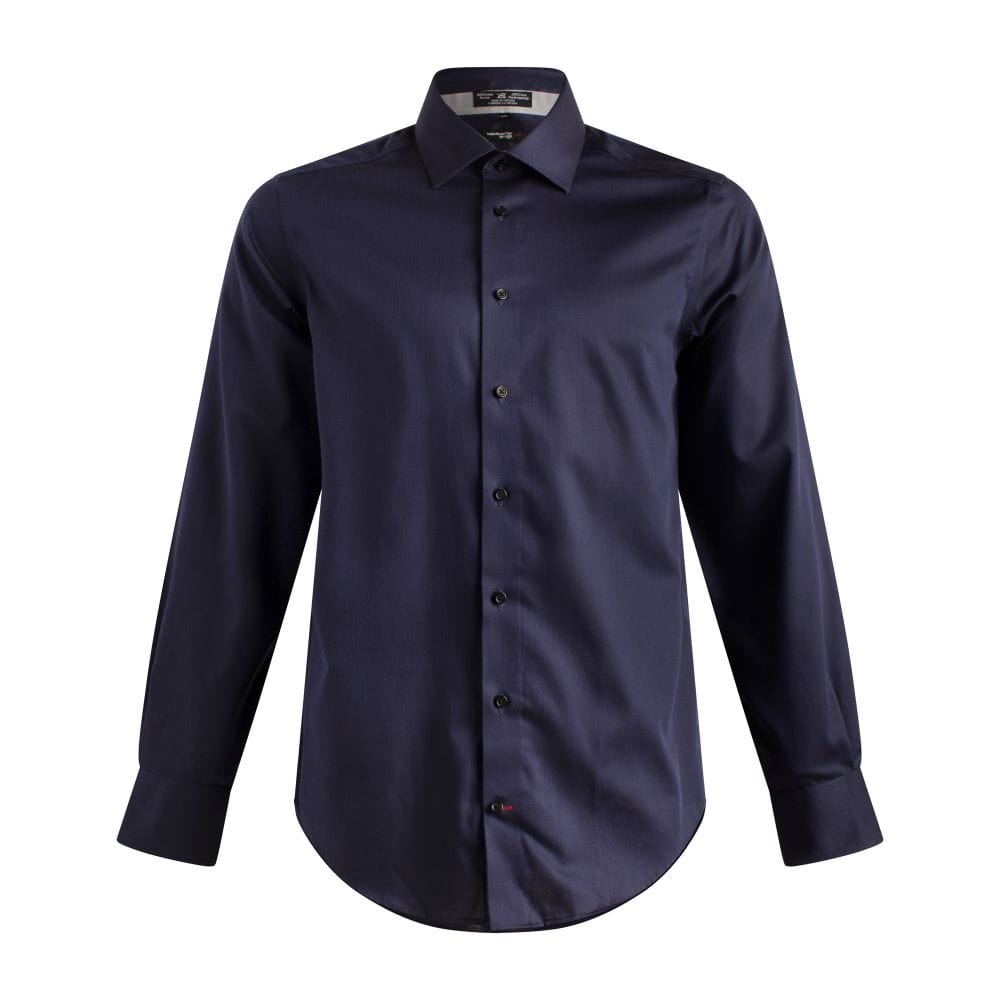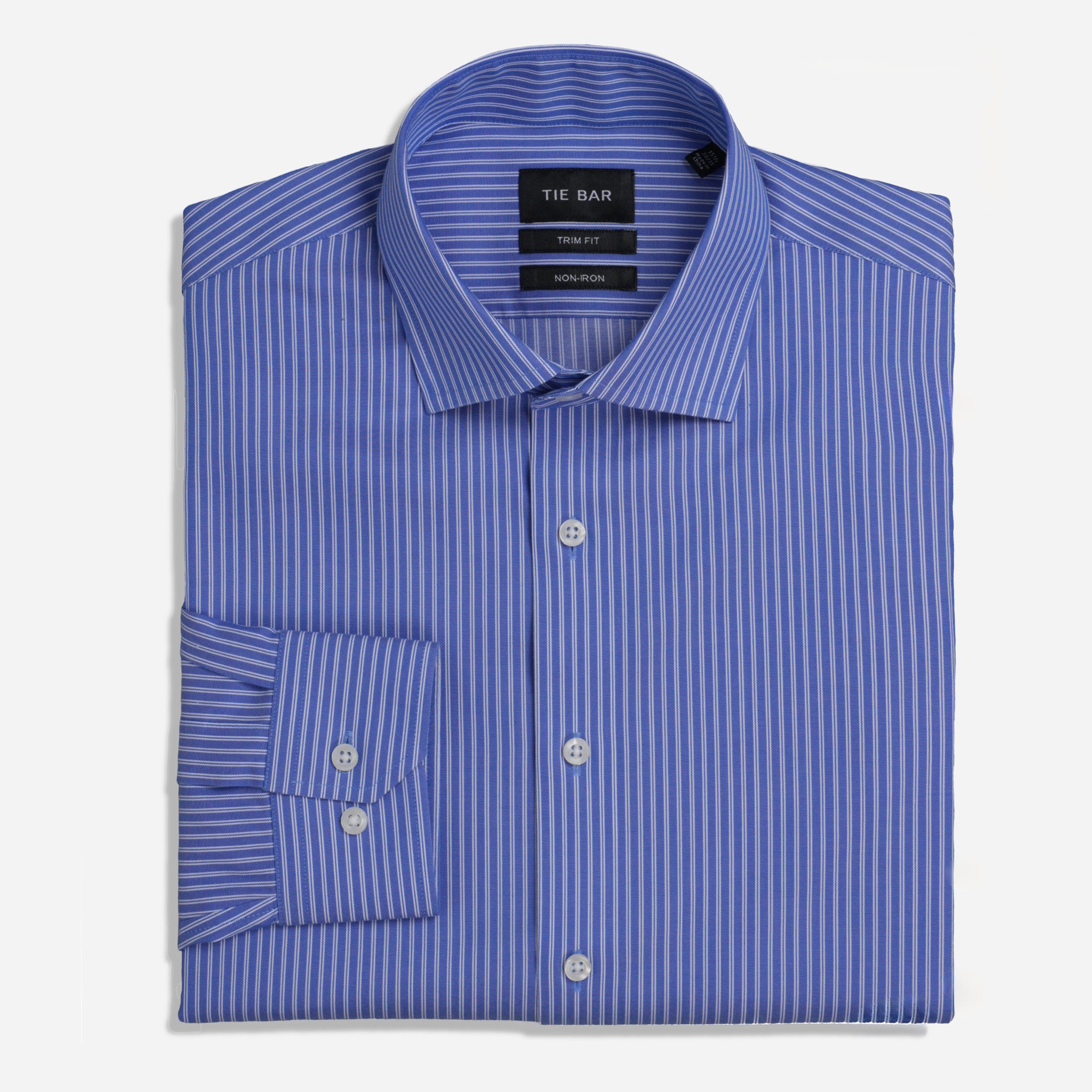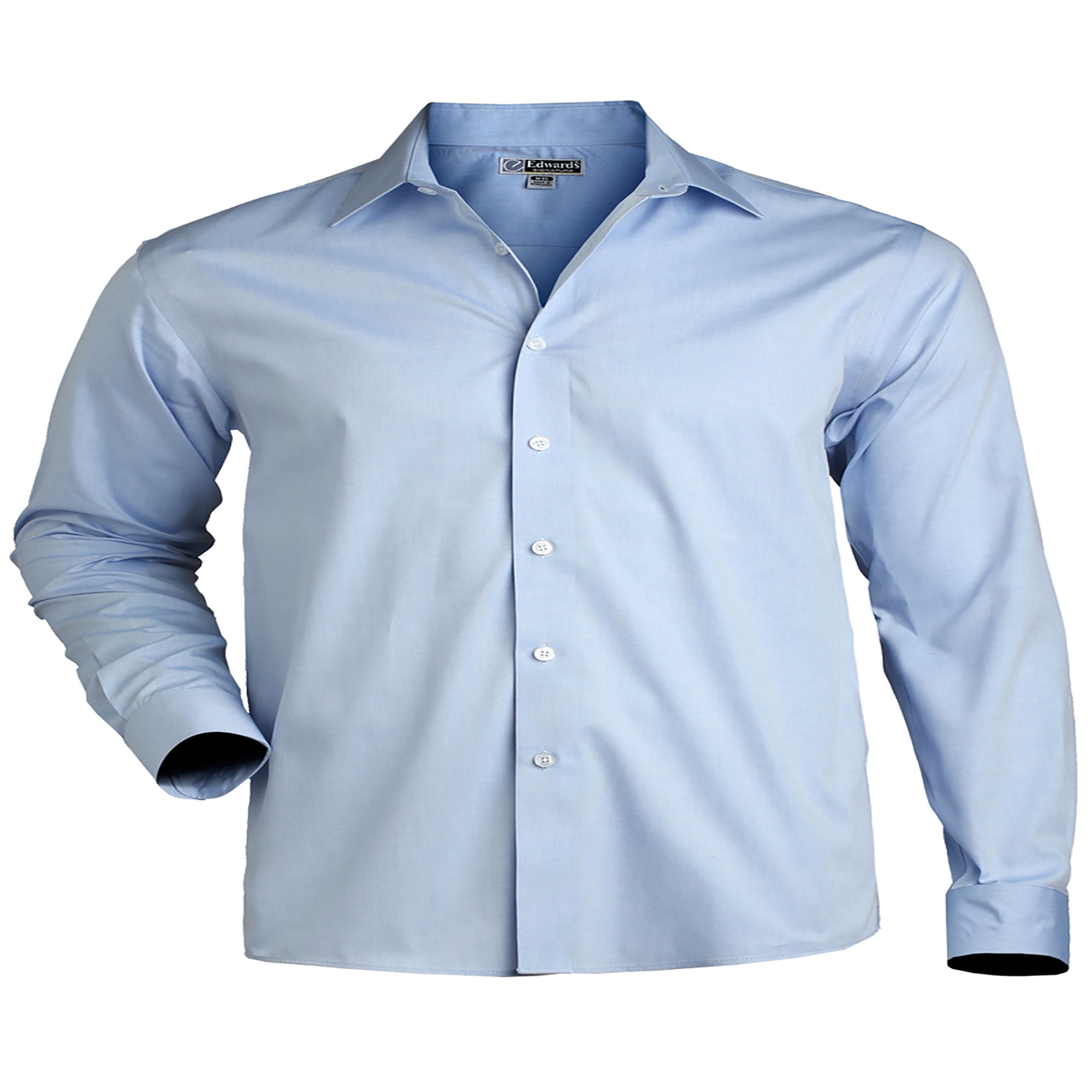How to iron dress shirt? Ironing a dress shirt is an essential part of keeping your professional attire looking sharp and put-together. However, it can be a daunting task for many people, especially those who are not familiar with the proper techniques. In this guide, we will provide you with step-by-step instructions on how to iron a dress shirt to perfection.

Preparation
Before you begin ironing your dress shirt, it is important to ensure that you have the right tools and a suitable workspace. Here are some things you will need:
- An iron
- An ironing board
- Clean water
- A spray bottle
- Dress shirt
Setting Up the Ironing Board
Start by setting up your ironing board in a well-lit and spacious area. Ensure that the ironing board is at a comfortable height for you to work on. If necessary, adjust the height of the ironing board to prevent any strain on your back and shoulders.
Filling the Iron with Water
If your iron has a water reservoir, fill it with clean water. This will enable you to use steam while ironing, which helps to remove wrinkles more effectively.
Preparing the Shirt
Before you start ironing, make sure that your dress shirt is clean and dry. It is best to iron your shirt while it is slightly damp, as this makes it easier to remove wrinkles. You can achieve this by lightly misting the shirt with water from a spray bottle.
Ironing the Collar
Begin by ironing the collar of the dress shirt. Start with the underside of the collar and then move on to the outside. Use the tip of the iron to reach any difficult-to-iron areas. Be sure to iron the collar flat and smooth.
Ironing the Cuffs
Next, move on to the cuffs of the dress shirt. Unbutton the cuffs and lay them flat on the ironing board. Use the iron to press out any wrinkles, working from the inside to the outside of the cuff. Take care to iron around the buttons to avoid damaging them.
Ironing the Sleeves
After ironing the collar and cuffs, it is time to focus on the sleeves. Lay each sleeve flat on the ironing board and iron them one at a time. Begin with the underside of the sleeves, then flip them over and iron the outside. Pay special attention to the shoulder area to ensure that it is smooth and crease-free.

Ironing the Yoke and Back
Once the sleeves are done, move on to the yoke and back of the dress shirt. Lay the shirt on the ironing board with the back facing up. Iron the yoke and back in sections, working from the top down. Be sure to run the iron over any seams to ensure that they lay flat and neat.
Ironing the Front
Finally, iron the front of the dress shirt. Start by ironing the placket (the area with the buttons and buttonholes) and then move on to the front panels. Take care to iron around the buttons and buttonholes without ironing over them directly.
Touch-Ups
Once you have ironed the entire dress shirt, take a few moments to look it over for any remaining wrinkles or creases. Use the steam function of the iron to tackle any stubborn wrinkles, and re-iron any areas that need a touch-up.
How to store a dress shirt
Dress shirts are a versatile and essential item in any wardrobe, whether for formal occasions or professional settings. Proper storage is key to maintaining their shape and ensuring they remain in top condition.
Organizing your Dress Shirts
Before diving into storage solutions, it’s essential to take stock of your dress shirt collection and organize them accordingly. Start by categorizing your shirts by color, pattern, or frequency of wear. This makes it easier to locate specific shirts and helps prevent overhandling, which can lead to increased wear and tear.
Invest in Quality Hangers
One of the most important aspects of oversized shirt storage is using high-quality hangers. Investing in sturdy hangers with a wide shoulder design can help maintain the shape of the shirt’s shoulders and prevent unsightly creases. Avoid wire or plastic hangers, as they can cause stretching and misshaping of the fabric over time.
Consider using wooden hangers, which are both durable and offer excellent support for dress shirts. Velvet-covered hangers are another great option, as they provide extra grip to prevent shirts from slipping off. Ultimately, the goal is to avoid unnecessary stress on the fabric and maintain the shirt’s form.

Using Hanger Spacers
If you have limited closet space, consider using hanger spacers to maximize storage efficiency. These spacers allow you to hang multiple shirts on a single hanger, reducing clutter and making it easier to see and access your collection. They can be particularly useful for organizing shirts by color or type, allowing for a more streamlined and visually appealing closet arrangement.
Properly Folding Dress Shirts
While hanging dress shirts is the preferred storage method, there may be occasions where folding is necessary, such as when packing for travel. When folding a dress shirt, it’s crucial to minimize wrinkles and creases to maintain a polished appearance. The following steps outline a proper folding technique:
- Lay the shirt flat on a clean, smooth surface, with the buttons facing up.
- Fold one sleeve across the back of the shirt, creating a straight line from the shoulder to the hem.
- Fold the other sleeve in the same manner, overlapping it with the first sleeve.
- Fold the bottom of the shirt upwards, making sure the hem aligns with the top of the collar.
- Smooth out any wrinkles and creases before finalizing the fold.
Storing Folded Dress Shirt
When storing folded dress shirts, it’s essential to keep them in a designated space to prevent unnecessary wrinkling. Consider using a dresser drawer or shelf specifically for folded shirts, taking care not to overcrowd the space. Placing a layer of tissue paper between each shirt can help prevent creases and preserve the fabric’s integrity.
Protecting Dress Shirts from Dust and Moths
Dress shirts should be stored in a clean, dust-free environment to prevent fabric discoloration and damage. Use garment bags or dust covers to shield shirts from environmental elements when they are not in use. These covers will also help protect against moths, which are known to cause irreparable harm to clothing.
When using garment bags, opt for breathable materials such as cotton or canvas to allow air circulation and prevent moisture buildup. Clear garment bags with a zipper closure offer visibility and protection, while preventing dust and pests from reaching the shirts. For added protection, consider using cedar blocks or lavender sachets to ward off moths and keep shirts smelling fresh.
Utilizing Storage Boxes
For seasonal or infrequently worn white dress shirt, storage boxes can be a practical solution. Choose a sturdy, moisture-resistant storage box to safeguard shirts from dust and potential damage. It’s important to ensure that the shirts are clean and thoroughly dry before placing them in storage, as dampness can lead to mildew and musty odors over time.
When storing dress shirts in boxes, consider using acid-free tissue paper to individually wrap each shirt. This extra layer of protection can help prevent creases and maintain the shirts’ condition while in storage. Labeling the boxes with the contents and date of storage can also help you keep track of your collection and rotate shirts as needed.

Conclusion
How to iron dress shirt? Ironing a dress shirt may seem like a tedious task, but with the proper technique and a little practice, you can quickly become adept at it. A well-ironed dress shirt not only looks more professional and polished, but it also helps to prolong the lifespan of the garment. By following the steps outlined in this guide, you can ensure that your dress shirts always look their best.
